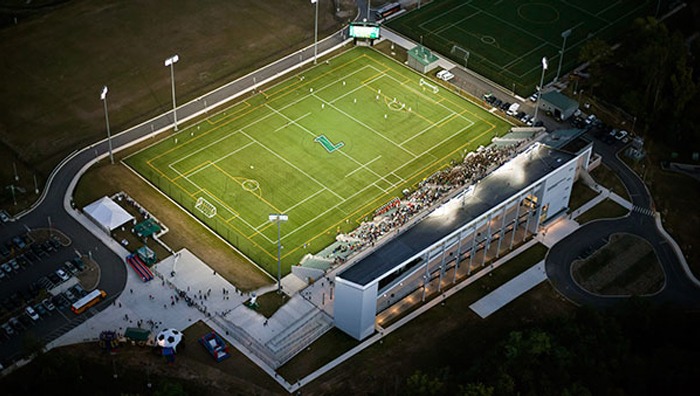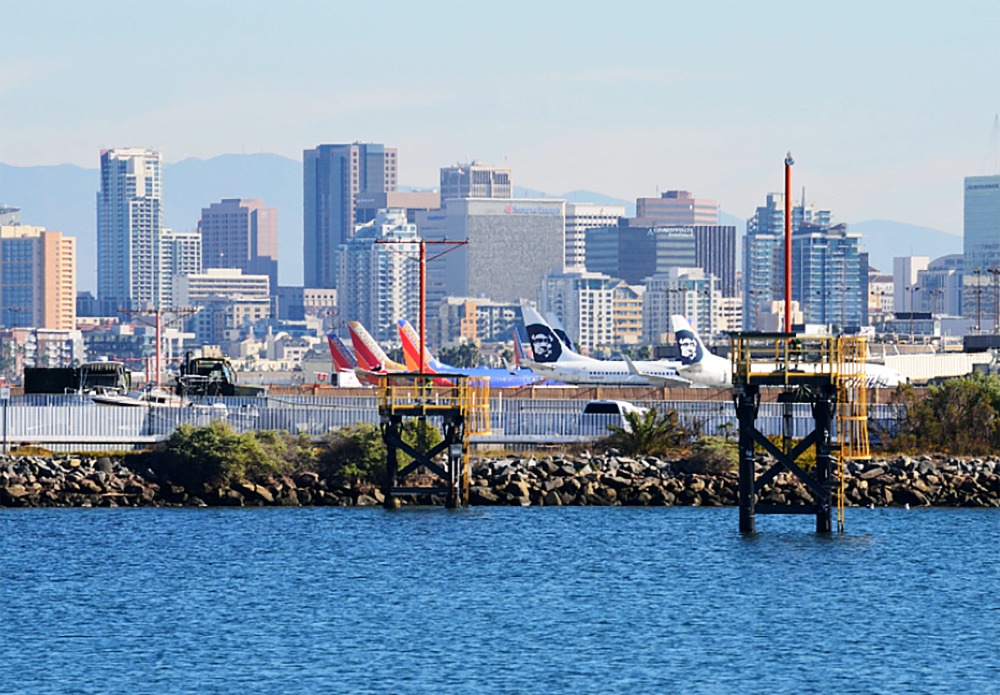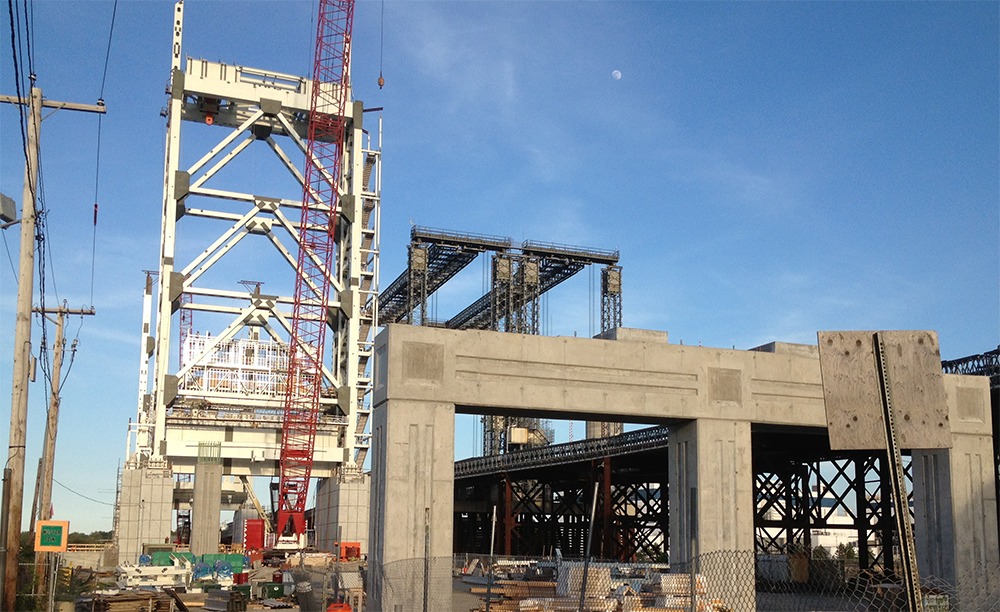
Transportation
Robust ground improvement enables more resilient bridge for New Jersey commuters
Summary
- Built in 1908, the Raritan River Bridge provides the sole rail link between 17 of the 20 stations on the New Jersey coastline. But the bridge experienced damage during 2012’s historic Superstorm Sandy, and New Jersey Transit officials knew it wasn’t resilient enough to withstand future harsh storms.
- They planned to replace the bridge, incorporating materials and structural design elements — including a raised steel superstructure and reinforced concrete piers on drilled shafts — to better withstand ocean surge forces and saltwater immersion.
- The project design team chose Haley & Aldrich to manage the subsurface exploration program because of our geotechnical expertise and similar experience on the nearby Victory Bridge.
- Our team characterized the underlying geotechnical conditions by advanced borings up to 200 feet deep and into the underlying highly to moderately weathered rock. The total drilling length exceeded 15,000 linear feet — a notable figure for comparable projects. We coordinated with the U.S. Coast Guard, railroad flagging crews, and a submarine communication line. We also produced the Geotechnical Data Reports that would serve as a basis for engineering analyses and contractor bidding.
- We found that — because of weak and compressible organic soils and other factors — it would be too slow to proceed with standard construction approaches. To achieve acceptable performance and bring more certainty to the schedule, our designs included a staged railroad preload and surcharge program and a load transfer platform supported by continuous flight auger piles. We also developed an instrumentation and monitoring program to track the progress of the ground improvement as well as the state of existing train tracks. For stability, our deep foundation design for the retaining walls consisted of driven pipe piles.
- Our work guided the delivery of a bridge that will better withstand extreme weather and minimize service disruptions.
For more information, contact:

Edward Zamiskie
Market Leader, Government












